Unlocking the Mystery of Intermittent Fasting
At its core, intermittent fasting, commonly known as IF, isn’t just another fleeting diet trend. It’s a strategic approach to eating, which, instead of telling you what foods to consume, guides you on when to eat them. Through a pattern of intermittent eating and fasting, this strategy encourages the body to tap into its fat reserves for energy, potentially leading to weight loss, enhanced metabolic health, and various other positive health outcomes.
A Glimpse into the Diverse Windows of Intermittent Fasting
The flexibility of intermittent fasting is what makes it so appealing. Depending on one’s personal goals, lifestyle, and health conditions, there’s likely an intermittent fasting window that’s a perfect fit:

- This popular method involves a daily fast of 16 hours, punctuated by an 8-hour eating window. For many, this might look like dining between noon and 8 p.m., followed by a fast until noon the next day.
- 18/6 Method: Narrowing the eating window further, this method allows for 6 hours of eating and requires an 18-hour fast.
- 20/4 Method: Often considered a more advanced approach, participants eat during a concise 4-hour window and commit to a 20-hour fast.
- Alternate Day Fasting: Oscillating between days, this approach involves full days of regular eating alternated with days of fasting.
- 5:2 Diet: Over a week, this method entails five days of regular eating juxtaposed against two days of significantly reduced calorie intake, often capped at 500-600 calories.
In order to thoroughly understand the extensive range of intermittent fasting and, more specifically, the nuanced differences between it and various other fasting methods, it’s beneficial to dive deeper into our comprehensive guide on intermittent and dry fasting.
Understanding Intermittent Fasting Windows
Diving Deep into the 16/8 Intermittent Fasting Method
One of the cornerstones of intermittent fasting, the 16/8 approach is a favorite for both beginners and seasoned fasting enthusiasts. Its simplicity and effectiveness make it a go-to choice.
Breaking Down the 16/8 Fasting Window:
The essence of the 16/8 method is in its name: 16 hours of fasting followed by an 8-hour eating window. During the fasting phase, one must avoid any caloric intake. Water, herbal teas, and black coffee—without additives—are typically permissible. After this phase, participants can eat during the designated 8-hour period.

Benefits of the 16/8 Method:
- Adaptability: It offers flexibility, allowing individuals to tailor the eating window according to their daily schedules.
- Manageability: The 16-hour fast often feels like a natural extension of the overnight fast, making it less daunting for newcomers.
- Health Upsides: Numerous studies suggest benefits like weight loss, better blood sugar control, and cardiovascular improvements with this method.
Drawbacks of the 16/8 Method:
- Initial Discomfort: Early days might bring about feelings of pronounced hunger or mood swings.
- Potential for Overindulgence: Without mindful eating, there’s a temptation to overcompensate during the 8-hour window.
- Societal Challenges: The restricted eating window may sometimes clash with social events or family gatherings.
A Peek into a 7-Day Meal Plan for 16/8 Intermittent Fasting:
Day 1:
- Avocado and chickpea salad with a lemon dressing, accompanied by a side of mixed berries.
- Snack: A handful of walnuts.
- Dinner: Spaghetti made from cavatappi pasta with a tomato and basil sauce and a side of roasted vegetables.
Day 2:
- Lentil soup with whole-grain toast.
- Snack: A serving of green olives.
- Dinner: Grilled turkey with mashed sweet potatoes and sautéed kale.
Day 3: … [Continue similarly for days 3 to 7]
While 16/8 provides a framework, the real magic lies in combining it with nutritious, balanced meals. Incorporating diverse foods, like the protein-packed smoked salmon, can elevate the health benefits of this fasting method.
The 18/6 Intermittent Fasting Strategy: What’s the Deal?
Another sought-after approach within the intermittent fasting realm, the 18/6 method, builds upon the 16/8 structure by extending the fasting window by two hours, leaving participants with a 6-hour eating timeframe.
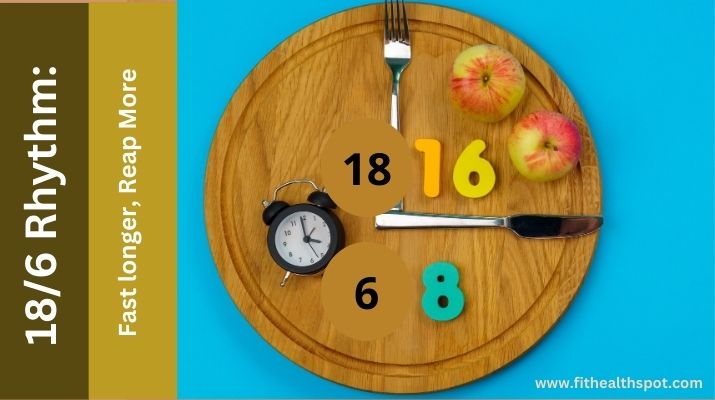
Unpacking the 18/6 Fasting Window:
The dynamics are similar to 16/8, with an elongated 18-hour fast and a shortened 6-hour feeding window. While consuming calories is off the table during fasting, hydration with water, herbal teas, or unsweetened coffee remains vital.
The Upsides of 18/6 Fasting:
- Enhanced Fat Burning: The longer fasting duration might promote more pronounced fat oxidation.
- Greater Flexibility: A 6-hour window can often fit neatly into various schedules, from early birds to night owls.
- Augmented Health Benefits: Extending the fast could amplify the known advantages of IF, from insulin sensitivity to mental clarity.
The Downsides:
- Stringent Duration: The 18-hour window may prove challenging, especially for IF novices.
- Higher Risk of Overeating: The reduced eating window may prompt some to binge.
Comparing 18/6 to 16/8:
The primary distinction lies in the duration. While 18/6 may provide accelerated benefits due to the extended fasting, it demands a higher commitment level and might be tougher to follow than the 16/8 method.
Delving into the 20/4 Intermittent Fasting Approach
Often dubbed the “Warrior Diet,” the 20/4 intermittent fasting method is an aggressive approach that provides a mere 4-hour eating window.
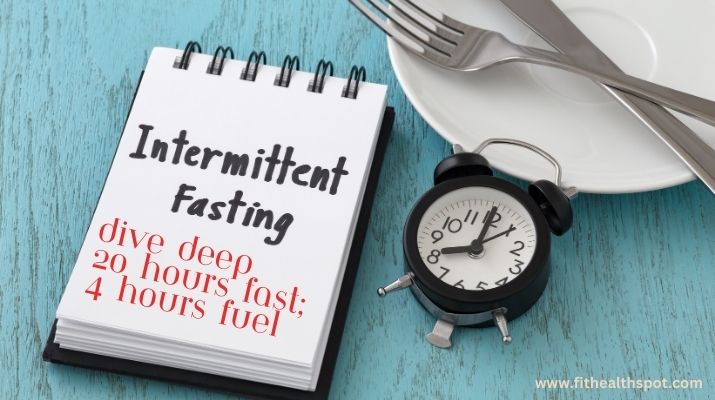
Decoding the 20/4 Fasting Regimen:
This method involves a prolonged 20-hour fast followed by a concise 4-hour eating window. The primary focus is on consuming a substantial meal in the evening, with minimal snacking or light meals leading up to it.
Anticipated Benefits and Hurdles:
- Optimized Fat Burning: The prolonged fast potentially maximizes fat mobilization.
- Heightened Discipline Requirement: Adhering to such a short eating window necessitates considerable discipline and planning.
- Potential Nutritional Gaps: Ensuring a balanced nutrient intake in just 4 hours can be challenging.
Real-life Outcomes with 20/4 Intermittent Fasting
When considering any diet or fasting routine, real-life results offer invaluable insights. For many, the 20/4 intermittent fasting weight loss results after 1 month can be staggering. Weight loss averages can vary, with some individuals reporting a loss of 5-10 pounds or even more within the first month. It’s crucial to note that factors like starting weight, overall caloric intake, and activity levels play a role in these outcomes.
However, weight loss isn’t the sole metric of success. Many adopters of the 20/4 regimen cite improved digestion, enhanced mental clarity, and heightened energy levels. It’s always beneficial to consult with a healthcare professional before embarking on such a rigorous fasting routine, ensuring it aligns with individual health needs and goals.
For a deeper dive into the physiological aspects and potential benefits of fasting, our guide on intermittent and dry fasting provides comprehensive insight.
Special Focus on Women: Navigating the Terrain of Intermittent Fasting
Intermittent Fasting for Women Over 50: The Good, the Bad, and the Promising
As women cross the pivotal age mark of 50, their bodies undergo transformative changes, particularly with the onset of menopause. Hormonal shifts can influence metabolism, energy, and overall health. Intermittent fasting, with its array of benefits, poses as a potential wellness tool for this demographic.
How Intermittent Fasting Affects Post-menopausal Women:
- Hormonal Balance: IF might aid in stabilizing insulin levels, potentially offsetting the hormonal upheavals of menopause.
- Bone Health: Early research hints that intermittent fasting might help in maintaining bone density, a critical aspect for women over 50.
- Weight Management: With metabolism slowing down post-menopause, IF can provide an edge in the battle against the bulge.
Advantages and Potential Hurdles for Women Over 50:
Pros:
- Stabilized blood sugar might contribute to mood regulation, a bonus during the emotional flux of menopause.
- Energy Surge: Many women report heightened energy levels and better sleep patterns.
- Enhanced Cognitive Functions: There’s budding evidence that IF can bolster brain health, potentially fending off age-associated cognitive decline.
Cons:
- Initial dizziness, fatigue, or irritability might emerge as the body adjusts.
- Nutrient Intake: Ensuring all essential nutrients within the eating window becomes paramount, especially for bone health and overall vitality.
Dry Fasting: Unraveling the Mystique
Diving into the World of Dry Fasting:
Unlike traditional fasting methods that allow water intake, dry fasting eliminates both food and water. The practice has historical roots in various cultures, often intertwined with religious or spiritual rituals.
Differences between Intermittent Fasting and Dry Fasting:
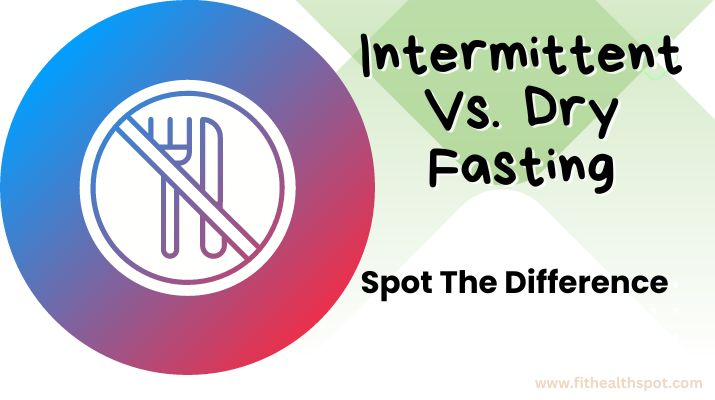
- Fluid Intake: The most conspicuous difference is the prohibition of any fluid intake during dry fasting.
- Duration: Dry fasting periods tend to be shorter due to the added stress of dehydration.
- Intensity: The body taps into different mechanisms during dry fasting, like breaking down fat cells to extract water.
Potential Advantages and Challenges of Dry Fasting:
Benefits:
- Some proponents believe dry fasting expedites detoxification processes.
- Enhanced Autophagy: The body’s natural cellular cleanup might get a boost, helping rid the system of malfunctioning cells.
- Rapid Weight Loss: While it’s short-lived and mainly due to water loss, some find the immediate results motivating.
Drawbacks:
- Extended dry fasting can be difficult, leading to severe dehydration.
- Intense Physical Strain: Energy levels might plummet, with possible dizziness or even fainting.
- Potential Kidney Stress: Prolonged absence of water can strain the kidneys.
For those keen on a deep dive into the physiological intricacies of both these fasting forms, our detailed guide on intermittent and dry fasting offers a plethora of insights.
Getting The Most Out of Intermittent Fasting: Your Comprehensive Guide
Targeting That Stubborn Belly Fat: Which Window Works Wonders?
Choosing the Right Fasting Window:
When it comes to shedding belly fat – often the most stubborn of adipose tissues – the key lies not just in the ‘how long’ but also the ‘how.’ Research suggests that while all fasting windows can be effective, some might offer an edge for specific goals. So, what is the best intermittent fasting window to lose belly fat? For many, shorter eating windows (like 18/6 or 20/4) might accelerate abdominal fat loss.
Strategies to Accentuate Belly Fat Reduction:
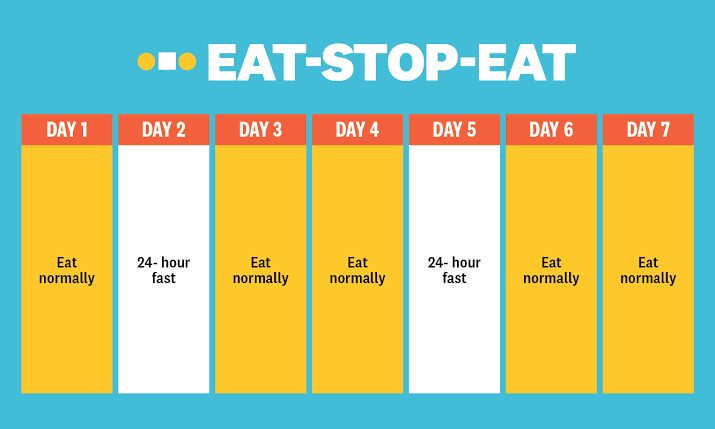
- Adhering to your chosen window diligently maximizes results.
- Incorporate Movement: Pair IF with moderate exercises targeting the core.
- Stay Hydrated: Drink ample water to aid metabolism and curb false hunger pangs.
Nourishing Right: Making Every Meal Count in IF Optimizing Nutrition During Eating Windows:
While fasting takes care of the caloric deficit, what’s consumed during the eating window dictates overall health. Balancing macro and micronutrients ensures the body doesn’t feel deprived.
The Tenets of a Balanced IF Meal:
- Think lean meats, legumes, and dairy. For instance, lima beans aren’t just a protein powerhouse but come packed with fiber and essential minerals.
- Healthy Fats: These keep you satiated for longer. Green olives, for example, are not only delicious but also rich in monounsaturated fats.
- Complex Carbohydrates: Sources like oat bran provide sustained energy and are vital for digestion.
The Green Tea Boost: Amplifying Intermittent Fasting Benefits
The Complementary Magic of Green Tea:
Green tea is no stranger to the wellness community. Loaded with antioxidants, particularly catechins, it potentially enhances fat oxidation, making it an ideal partner for intermittent fasting.
How to Incorporate Green Tea:
- Consuming green tea an hour before workouts can boost fat mobilization.
- Variety is the Spice of Life: From traditional brews to more contemporary versions like green tea shots, there are myriad ways to enjoy its benefits.
Making Intermittent Fasting More Than Just a Diet: Lifestyle Integration Tips
Laying the Groundwork: The Art of Building Habits
Intermittent Fasting (IF) isn’t just another diet trend; it’s a lifestyle change. As with any substantial shift, cultivating consistency is paramount.
Habit-Forming Strategies for IF Success:
- Begin with a more extended eating window and gradually narrow it down as the body acclimates.
- Set Clear Intentions: Understand your ‘why’ – is it weight loss, better metabolism, or overall wellness?
- Routine Reinforcement: Designate fixed start and end times for your eating window.
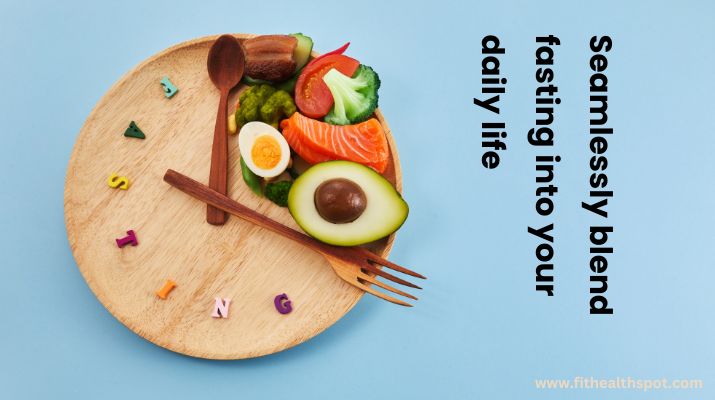
Navigating the IF Challenges: From Hunger to Social Hurdles
Managing Hunger Pangs:
- Drinking water, herbal teas, or black coffee can stave off false hunger signals.
- Stay Occupied: Engaging in activities can divert attention from hunger.
Dealing with Social Outings:
- If you’re dining out, adjust your fasting window or choose restaurants with healthier options.
- Stay Informed: Inform close friends and family about your IF journey to garner understanding and support.
Diversify Your Plate: Embrace a Spectrum of Nutritious Foods
IF doesn’t dictate what you eat but when. Hence, the sky’s the limit when it comes to dietary variety.
- If you’re a pasta lover, cavatappi pasta brings not just a unique spiral shape but also a host of health benefits.
- Fish for Health: Omega-3 fatty acids, lean protein, and exquisite taste – that’s smoked salmon for you. Perfect for salads, toasts, or just standalone.
- Go Gluten-Free with Buckwheat: If you’re seeking alternatives to traditional flours, buckwheat flour serves as a nutritious, gluten-free option brimming with essential vitamins and minerals.
Conclusion: The Intermittent Fasting Odyssey
Embracing Intermittent Fasting is akin to embarking on a transformative journey. It’s not just about weight loss or metabolism but about understanding one’s body, nurturing it, and celebrating its resilience. Choosing the right fasting window, diversifying food choices, and consistently following through can yield remarkable benefits.
However, as with any significant dietary shift, it’s essential to approach IF with caution. Always seek guidance from a healthcare professional or nutritionist before embarking on any dietary changes. Ensuring it aligns with your individual needs and health conditions. After all, wellness isn’t a one-size-fits-all; it’s tailored to each unique individual.
Frequently Asked Questions (FAQs) about Intermittent Fasting
What is the ideal intermittent fasting window for beginners?
For those new to intermittent fasting, it’s typically recommended to start with a more extended eating window, such as the 12/12 (12 hours fasting, 12 hours eating) or the 14/10 schedule. This allows the body to adjust gradually. Over time, as one becomes more accustomed to fasting, they can explore shorter eating windows like 16/8 or even 20/4.
Can I consume any beverages during the fasting period?
While solid foods are off-limits during fasting windows, many people drink water, black coffee, or unsweetened herbal teas. These beverages can help suppress hunger without breaking the fast. However, it’s essential to avoid beverages with added sugars, creams, or sweeteners, as they can disrupt the fasting process.
How does intermittent fasting affect women, especially those over 50?
Intermittent fasting can offer numerous benefits for women, including improved metabolism, enhanced brain health, and potential weight loss. However, post-menopausal women, or those over 50, might experience hormonal fluctuations that can affect their IF journey. Women in this age category should seek guidance from a healthcare expert before commencing intermittent fasting to confirm its compatibility with their distinct physiological requirements.
Are there any potential side effects or risks associated with intermittent fasting?
Some people might experience initial side effects like fatigue, dizziness, headaches, or irritability when they first start intermittent fasting. It’s often a result of the body adjusting to the new eating schedule. However, if these symptoms persist or if one experiences more severe side effects, it’s vital to consult with a healthcare professional and reconsider the fasting regimen.
Can I still exercise or work out during my fasting window?
Yes, many people engage in physical activities during their fasting periods. In fact, working out in a fast state might amplify fat burning. However, it’s crucial to listen to your body. If you feel tired or lightheaded, it might be best to schedule your workouts during your eating window or consume a small pre-workout snack.

